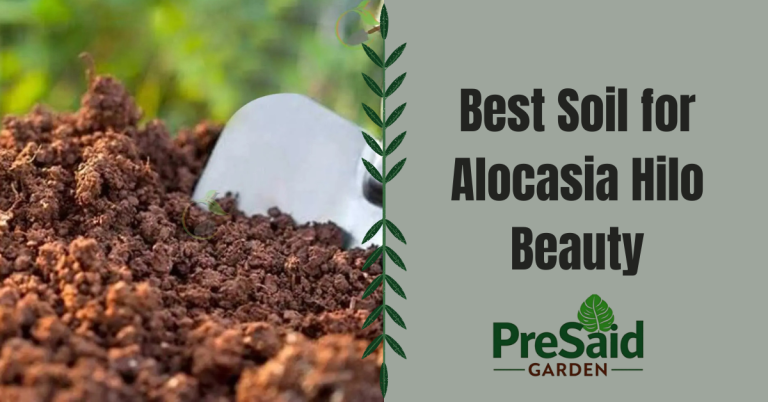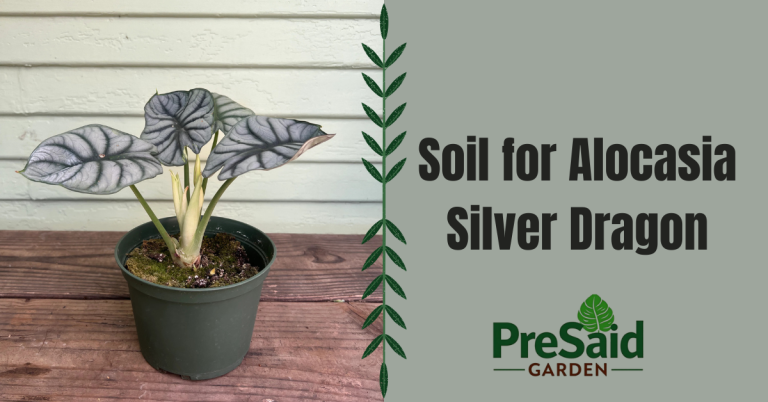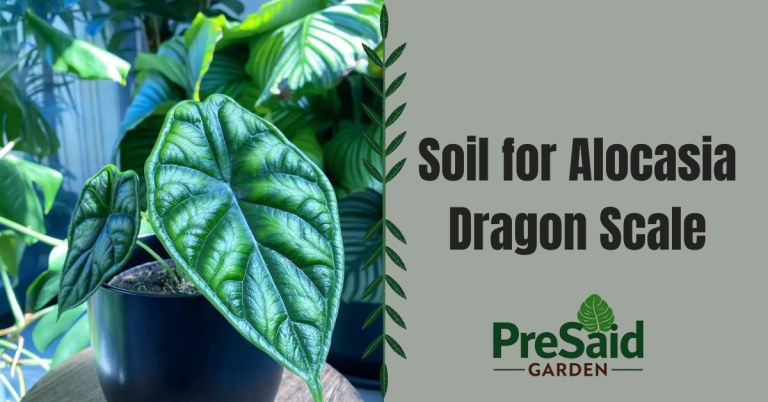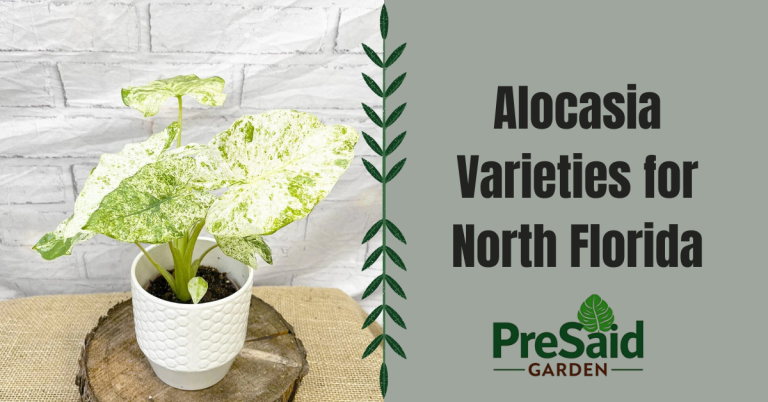Best Fertilizer for Alocasia Elephant Ear: A Perfect Guide
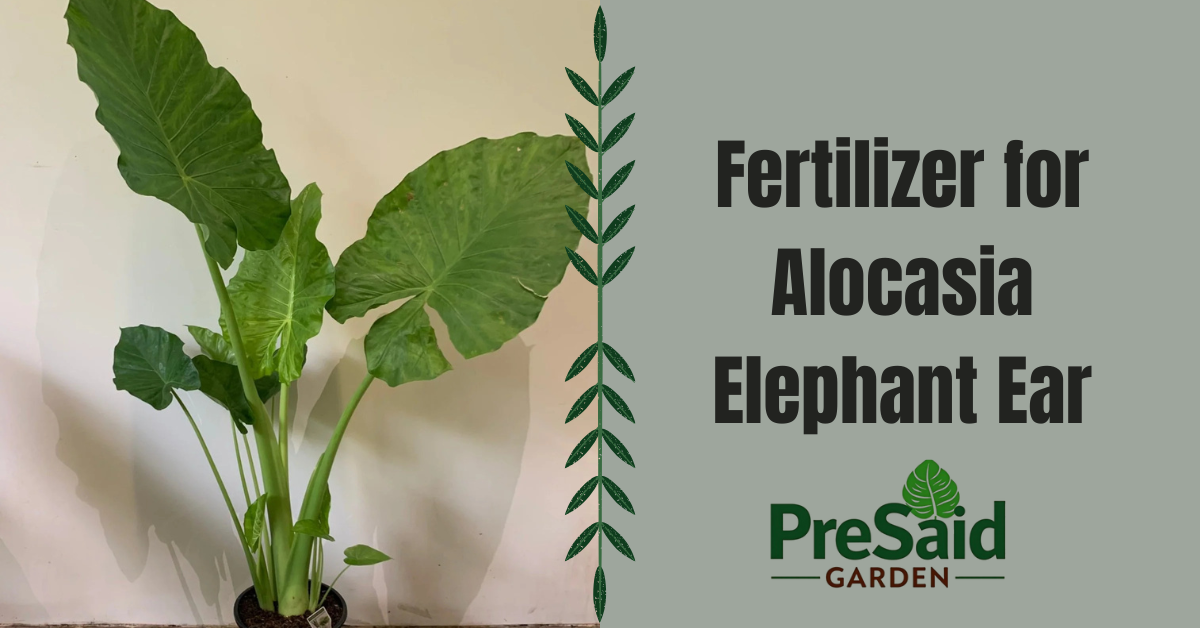
When it comes to keeping your Alocasia Elephant Ear plants thriving, choosing the best fertilizer is essential. Alocasias are unique tropical beauties that require particular nutrients to keep their lush leaves looking their best.
After years of caring for different Alocasia varieties here in the U.S., I’ve learned what works and what doesn’t. If you’re eager to grow these stunning plants, here’s everything you need to know about feeding them well.
Grab the essentials you need for your Alocasia care, like plant pots, pruning shears, and the best fertilizers at Lexivo Garden’s Shop.
Why Fertilizing Alocasia Elephant Ear Matters
Alocasia Elephant Ear plants are heavy feeders. Their massive leaves require a lot of energy to grow, and without the right nutrients, they can look dull, struggle with growth, or even develop yellowing leaves.
A balanced fertilizer routine can make a big difference, encouraging vibrant colors and robust growth. Based on my experience and research, here’s how to do it right.
Best Fertilizer for Alocasia Elephant Ear
1. Choosing the Right NPK Ratio
The NPK ratio represents the levels of nitrogen (N), phosphorus (P), and potassium (K) in the fertilizer. For Alocasias, I recommend a balanced fertilizer with an NPK ratio close to 20-20-20 during the growing season (spring and summer) to encourage balanced leaf and root growth.
2. Organic vs. Synthetic Fertilizers
While synthetic fertilizers deliver nutrients quickly, organic fertilizers, like fish emulsion or compost tea, offer a more natural, slow-release option. I’ve seen Alocasias respond wonderfully to both, but here’s a tip: during the initial stages, I prefer a liquid synthetic fertilizer diluted to half-strength to give the plant a quick nutrient boost.
3. Liquid Fertilizers for Quick Nutrient Uptake
Liquid fertilizers, especially balanced, water-soluble options, work best for Alocasias since they allow the plant to absorb nutrients quickly. During the growing season, I typically fertilize every two weeks at half the recommended strength to avoid over-fertilization.
Top Fertilizers for Alocasia Elephant Ear
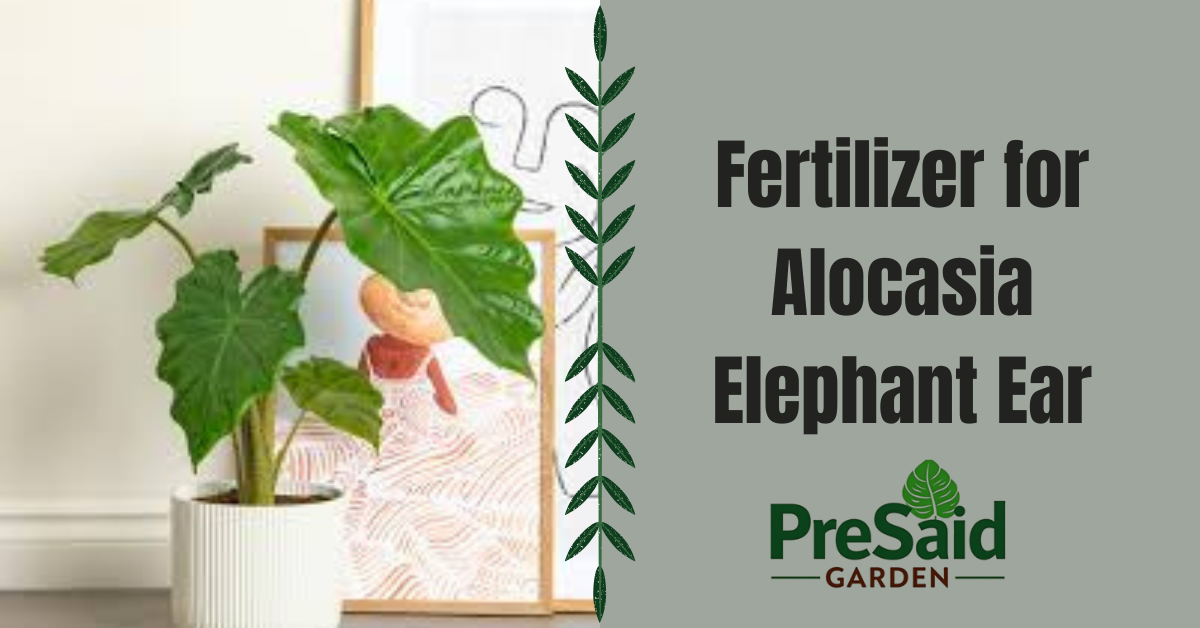
1. Balanced Liquid Fertilizers (NPK 20-20-20)
A liquid fertilizer with a 20-20-20 NPK ratio is a great starting point. Alocasias have shown improved leaf health, size, and color when I use these during spring and summer.
2. Fish Emulsion (NPK 5-1-1)
For those who prefer organic options, fish emulsion is a nutrient-dense solution that provides nitrogen in a natural form. I usually apply it monthly during the growing season. Be aware of its strong odor, but it’s worth it for the lush, green foliage it brings.
3. Seaweed-Based Fertilizers
Seaweed fertilizers add trace elements like magnesium and calcium, which Alocasia Elephant Ear plants benefit from. I find these are excellent for maintaining overall plant health and aiding in stress recovery, especially when dealing with indoor environments.
Fertilizing Schedule for Alocasia Elephant Ear
- Spring and Summer: Fertilize every 2 weeks with a diluted, balanced liquid fertilizer.
- Fall: Reduce frequency to once a month as growth slows down.
- Winter: Avoid fertilizing altogether to prevent root burn while the plant is dormant.
Tip: Always water your Alocasia before applying fertilizer to prevent root damage.
Signs Your Alocasia Needs Fertilizer
Sometimes, your Alocasia Elephant Ear plant will tell you when it needs nutrients. Look for these signs:
- Yellowing Leaves: Could indicate nitrogen deficiency.
- Slow Growth or Smaller Leaves: May mean it’s time to boost phosphorus.
- Leaf Edges Browning: Could signal potassium deficiency or salt buildup from over-fertilization.
Table: Quick Care Guide for Alocasia Elephant Ear
| Care Aspect | Details |
|---|---|
| Light | Bright, indirect sunlight; avoid direct sun exposure |
| Water | Keep soil consistently moist but not soggy; reduce watering in winter |
| Humidity | High humidity (60-80%); mist regularly or use a humidifier |
| Temperature | 65-75°F (18-24°C) ideal; protect from cold drafts |
| Fertilizer | Balanced, liquid fertilizer every 2 weeks in spring/summer; reduce in fall, stop in winter |
| Soil | Well-draining potting mix; consider a mix with perlite for aeration |
How to Apply Fertilizer for Best Results
- Dilute Correctly: For synthetic liquid fertilizers, I recommend diluting to half the suggested strength, especially for younger plants.
- Water First: Always water your plant before fertilizing to reduce the risk of root burn.
- Consistency: Make a routine of fertilizing during the growing season. Keeping a journal or setting reminders has helped me stay consistent.
- Avoid Over-Fertilizing: More is not always better. Alocasia plants can suffer from salt buildup, causing browning leaf edges.
Common Alocasia Fertilizing Mistakes and How to Avoid Them
- Using Full-Strength Fertilizer: Even if the label says “ready to use,” dilute it. I’ve learned the hard way that these plants prefer less than more.
- Not Flushing the Soil: To prevent salt buildup, flush the soil with water every few months.
- Fertilizing in Winter: Alocasias go dormant, so fertilizing in winter can cause unnecessary stress on the roots.
FAQs About the Best Fertilizer for Alocasia Elephant Ear
Can I use a regular houseplant fertilizer for my Alocasia?
Yes, but make sure it’s balanced (like 20-20-20) and apply it at half strength to avoid overwhelming the plant.
What if I accidentally over-fertilize my Alocasia?
If you suspect over-fertilization, flush the soil with plenty of water. Let it drain well to remove excess salts.
How do I know if my Alocasia is getting too little fertilizer?
Signs like yellowing leaves, slow growth, and pale foliage usually indicate nutrient deficiencies.
Can I use coffee grounds as fertilizer for my Alocasia?
While coffee grounds are rich in nitrogen, they are too acidic for Alocasia. I recommend using them sparingly or sticking to a balanced fertilizer.
Should I fertilize newly repotted Alocasia plants?
Is a fish emulsion fertilizer safe to use indoors?
Yes, but be aware of the smell. For indoor plants, ensure ventilation, or opt for odor-free organic fertilizers if the scent is an issue.
Wrapping Up
Alocasia Elephant Ear plants are magnificent additions to any indoor or outdoor space, but they need specific care, especially when it comes to feeding. By choosing the best fertilizer and following a consistent feeding schedule, you’ll help your Alocasia grow lush, healthy leaves. For all your Alocasia care tools and supplies, visit Lexivo Garden’s Shop for everything from pots to fertilizers designed to keep your plants thriving.
Remember, with just the right amount of nutrients, your Alocasia will thrive. Happy growing from all of us here at Lexivo Garden!

